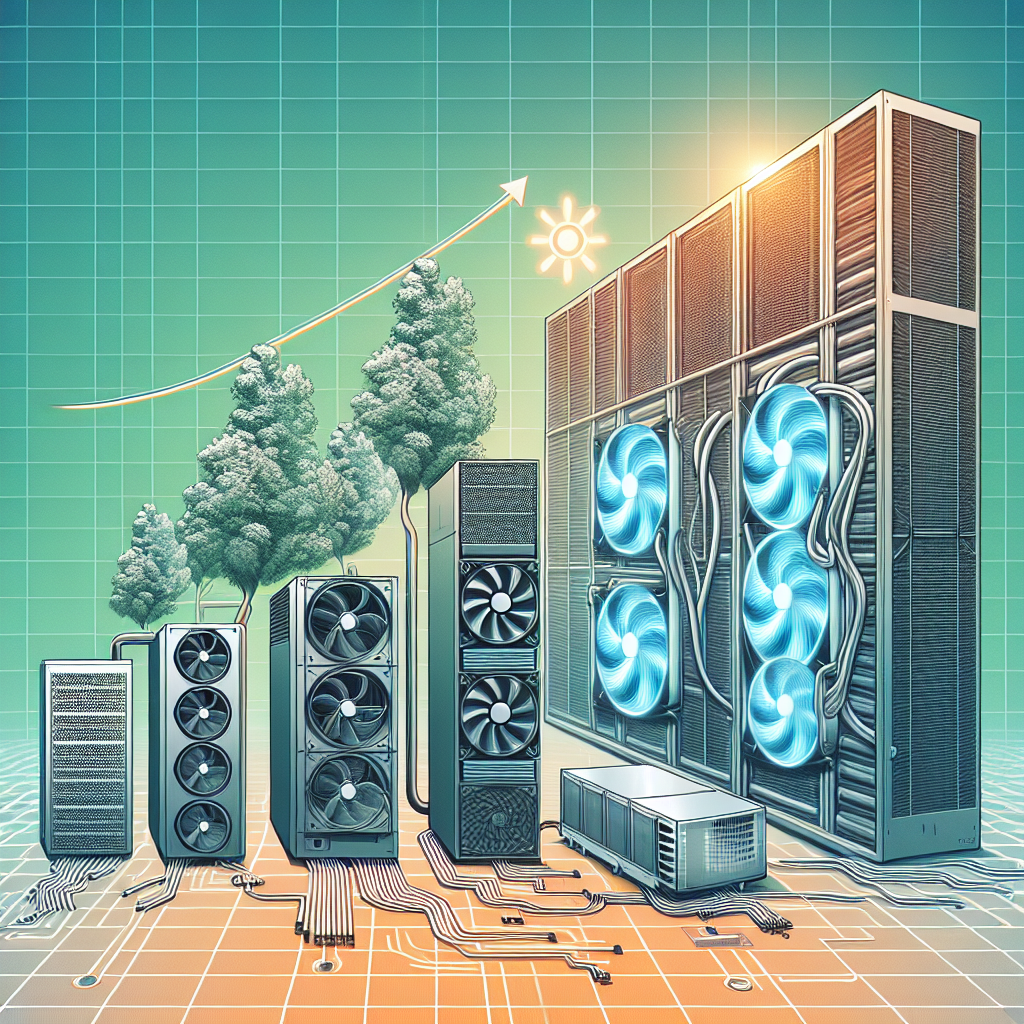Your cart is currently empty!
The Evolution of Data Center Cooling Technology

Data centers have become an integral part of our digital infrastructure, housing the servers and networking equipment that power our online world. With the increasing demand for data storage and processing, data center operators are constantly seeking new ways to improve efficiency and reduce costs. One of the key areas of focus in this regard is data center cooling technology.
In the early days of data centers, cooling was a relatively simple affair. Air conditioning units were used to keep the temperature within acceptable limits, while fans helped circulate the air to prevent hot spots from forming. However, as data centers grew in size and complexity, these traditional cooling methods became increasingly inefficient and costly.
The evolution of data center cooling technology can be traced back to the introduction of raised floor systems in the 1970s. By using the space beneath the data center floor to distribute cool air, operators were able to more effectively manage temperature and airflow. This was a significant improvement over the previous method of simply blowing cold air into the room and hoping for the best.
In the 1990s, the industry saw the introduction of precision air conditioning systems, which provided more precise control over temperature and humidity levels. These systems were able to adapt to changing load levels and maintain optimal conditions for the equipment housed in the data center.
As data centers continued to grow in size and complexity, new cooling technologies were developed to address the challenges of cooling larger spaces with higher power densities. One such innovation was the use of containment systems, which help to isolate hot and cold air streams to prevent them from mixing and causing inefficiencies.
In recent years, the industry has seen a shift towards more energy-efficient cooling technologies, such as liquid cooling and direct-to-chip cooling. These systems use liquids such as water or refrigerants to remove heat directly from the equipment, reducing the need for traditional air conditioning units and fans.
Looking to the future, data center operators are exploring even more advanced cooling technologies, such as immersion cooling and phase change cooling. These technologies offer the potential for even greater efficiency and cost savings, as well as the ability to handle the increasing power densities of modern data centers.
In conclusion, the evolution of data center cooling technology has been driven by the need for greater efficiency, cost savings, and sustainability. As data centers continue to play a crucial role in our digital world, it is essential that operators stay at the forefront of cooling technology to ensure optimal performance and reliability.

Leave a Reply